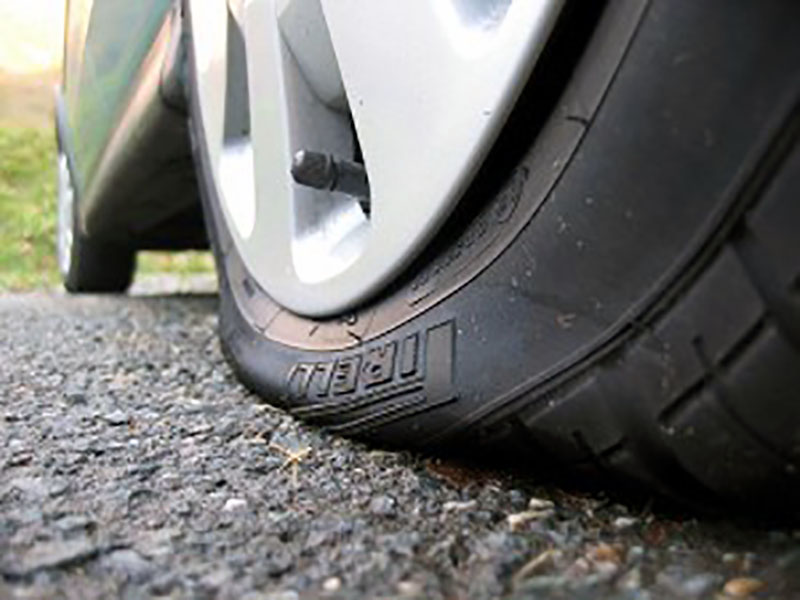Why are your tyres important?

We all know that the law requires us to have a minimum tread-depth of 1.6mm for cars, and if you drive a different type of vehicle, check the Highway Code for other legal tread-depths. But what does tread actually do?
The tread is the grooves in the tyre. The grooves are designed to channel water away from under the tyre. This way you won’t slide as much. There are a variety of kinds of grooves depending on our actual need. On top quality high-performance tyres, the grooves can flex as you drive. This leads to a pump action occurring and it will suck the water up into the groove and out from under your tyre. Also, the grooves will angle from the centre of the tyre towards the side. This helps move water out from underneath your tire to avoid sliding.
What could I expect if I get caught with a defective tyre(s)
The police will always prosecute you driving with an defective tyre(s) offence, which can carry a severe penalty. Commonly referred to as driving with bald tyres – the law requires that all tyres on a motor vehicle (including the spare) have a minimum depth of tread, are inflated to the correct pressure and are free from other defects such as cuts or tears to the tyre walls. Failure to comply with these requirements can result in a penalty of three points on your licence together with a CU30 fine of up to £2,500.
As this applies to each tyre that is defective, four bald tyres on the same vehicle could place you at risk of 12 penalty points and disqualification from driving under the totting-up procedure and this may affect your livelihood and lead to a loss of earnings.
